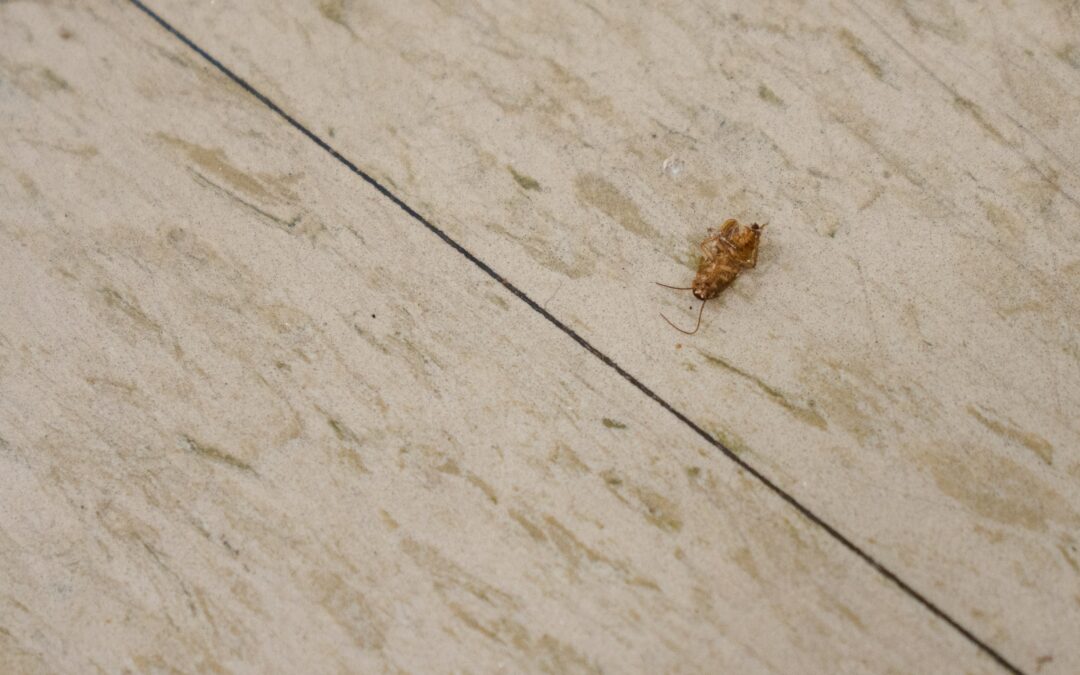Cockroaches are among the most ancient and successful insects known to science, and many of the seemingly dubious claims concerning their resilience and durability are true, or nearly true. For example, it happens to be true that cockroaches are capable of living for a week after their head becomes severed from their body. Headless cockroaches will not suffocate because they breathe through tiny holes on their body known as “spiracles” before eventually dying from dehydration. While studies have shown that cockroaches are five times more resistant to radiation exposure than humans, it is hard to imagine a single specimen surviving a nuclear blast. Along with their termite descendents, cockroaches belong to the order Blattaria, and nearly 5,000 species have been described worldwide, around 30 of which are known pests of homes and buildings.
Surprisingly, North America is home to a relatively small proportion of cockroach species, and with the possible exception of the occasional indoor invasion of native wood cockroaches, all roach species that invade homes in the US are non-native species. It is often said that cockroaches transmit human diseases, but no human disease case has ever been attributed to the transmission of cockroach pathogens. While cockroach pests carry numerous pathogens from the organic waste materials that they consume, they are unlikely to transmit disease to humans unless they make contact with food. However, it is now understood among medical and public health professionals that indoor cockroach pests play a significant role in the development of childhood asthma.
With the exception of the German and brown-banded cockroach pests, cockroaches generally prefer to remain outdoors. However, some roach pests species have evolved a greater dependency on indoor conditions than others, and naturally, it is only the domestic and peridomestic cockroach species that produce indoor allergens. Live indoor cockroach specimens produce allergy-producing compounds, and when they die, their whole bodies, cast skins, secretions, egg casings, and fecal material break down and mix with dust, which is then inhaled indoors. The nine cockroach species that are known by medical and public health professionals as indoor pests that contribute to allergy symptoms and the development of asthma include Australian, smokybrown, Asian, Madeira, brown, American, German, Oriental and brown-banded cockroaches. Of these species, the last four infest homes in Massachusetts.
Have you ever purchased over-the-counter pest control products in an effort to eliminate an infestation?

